
Improving Adherence to Neonatal Resuscitation Using Machine Learning at Quality Improvement Approach (Pre-MALA)
- Overview
- Events
High quality neonatal resuscitation is a key to save newborn lives, prevent brain injury and optimize child development, yet the quality of care remains far below standards. In this project, we investigate the use of video filming of neonatal resuscitation (source of data) to develop a machine learning application which automatically detects neonatal resuscitation activity. This artificial intelligence system will assist to standardize resuscitation in neonates requiring assisted ventilation on the resuscitation table. The MAchine Learning Application (MALA) installed in a tablet mounted on the resuscitation table detects the baby’s crying (sound), breathing (chest movement) and health worker’s resuscitation action (stimulation, suctioning and bag-and-mask ventilation), and provides real-time feedback (reminder) on steps of resuscitation.The real-time feedback will be in the form of audio and visual signals from the tablet during resuscitation. Following the completion of resuscitation, MALA provides a summary feedback on the resuscitation steps followed as per the resuscitation guideline.
Related Project
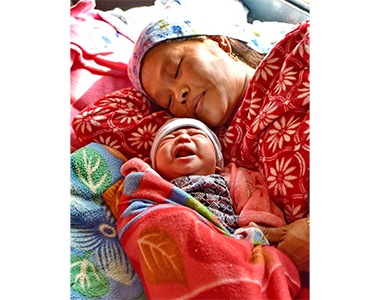
Implementing Respectful Maternity Care (RMC) Intervention to Improve Perinatal Mental Health
Several studies in low- and middle-income settings have shown that mistreatment and disrespectful care during childbirth is a major...
Learn More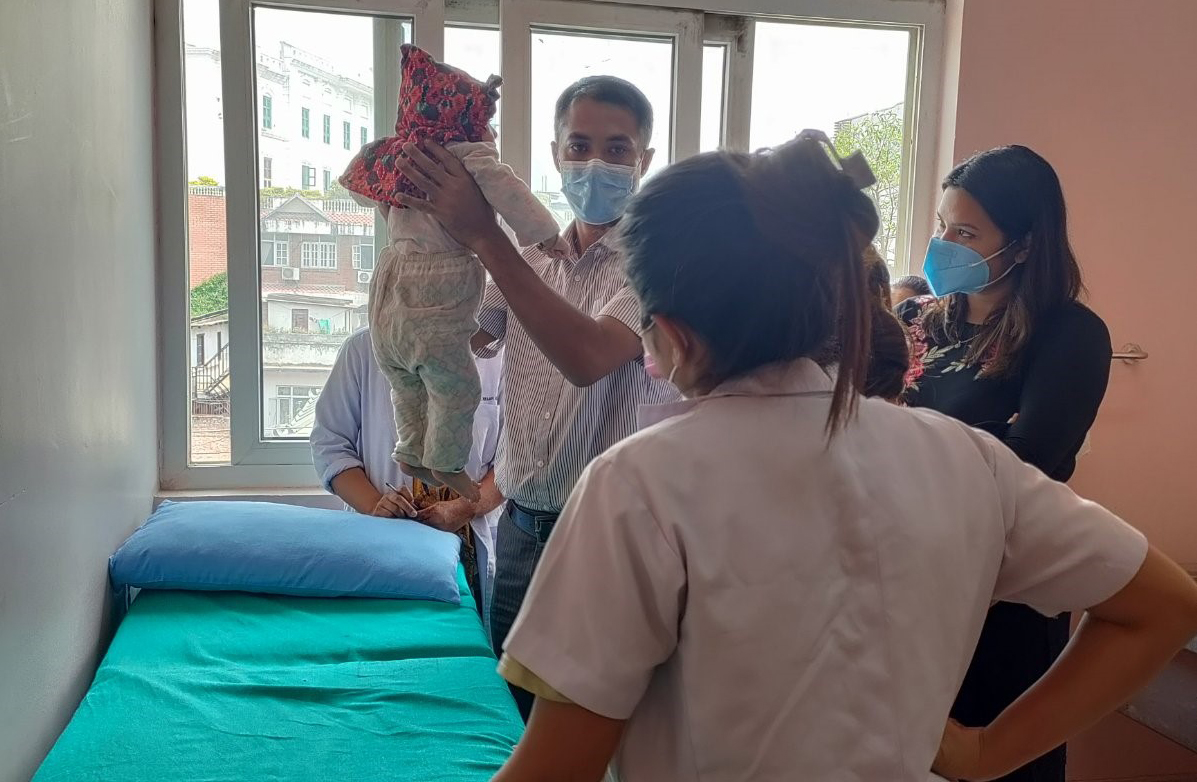
Feasibility of Remote General Movements Assessment (GMA) for Early Recognition and Rehabilitation of Cerebral Palsy in Nepal
Cerebral Palsy (CP) is a syndrome of non-progressive movement and posture disorder caused by damage to the developing brain...
Learn More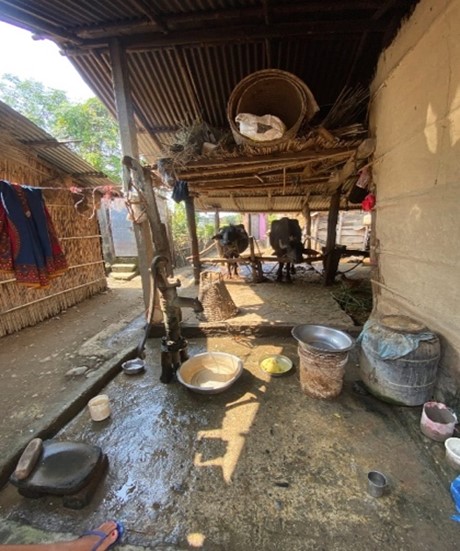
Navigating Food Insecurity During the Pandemic: The Role of Social Networks Among Pregnant Women in Nepal
Food insecurity is defined as a state in which an individual “lacks regular access to sufficient, safe and nutritious...
Learn More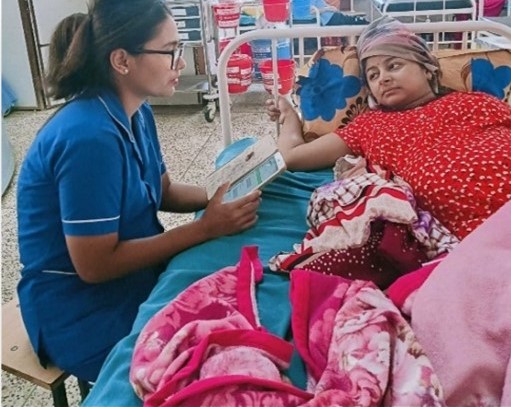
Investigating heat wave risk perception, vulnerability and adaptation among pregnant women
Over the past 15 years, Nepal has experienced a series of catastrophic weather events, with the Terai region emerging...
Learn More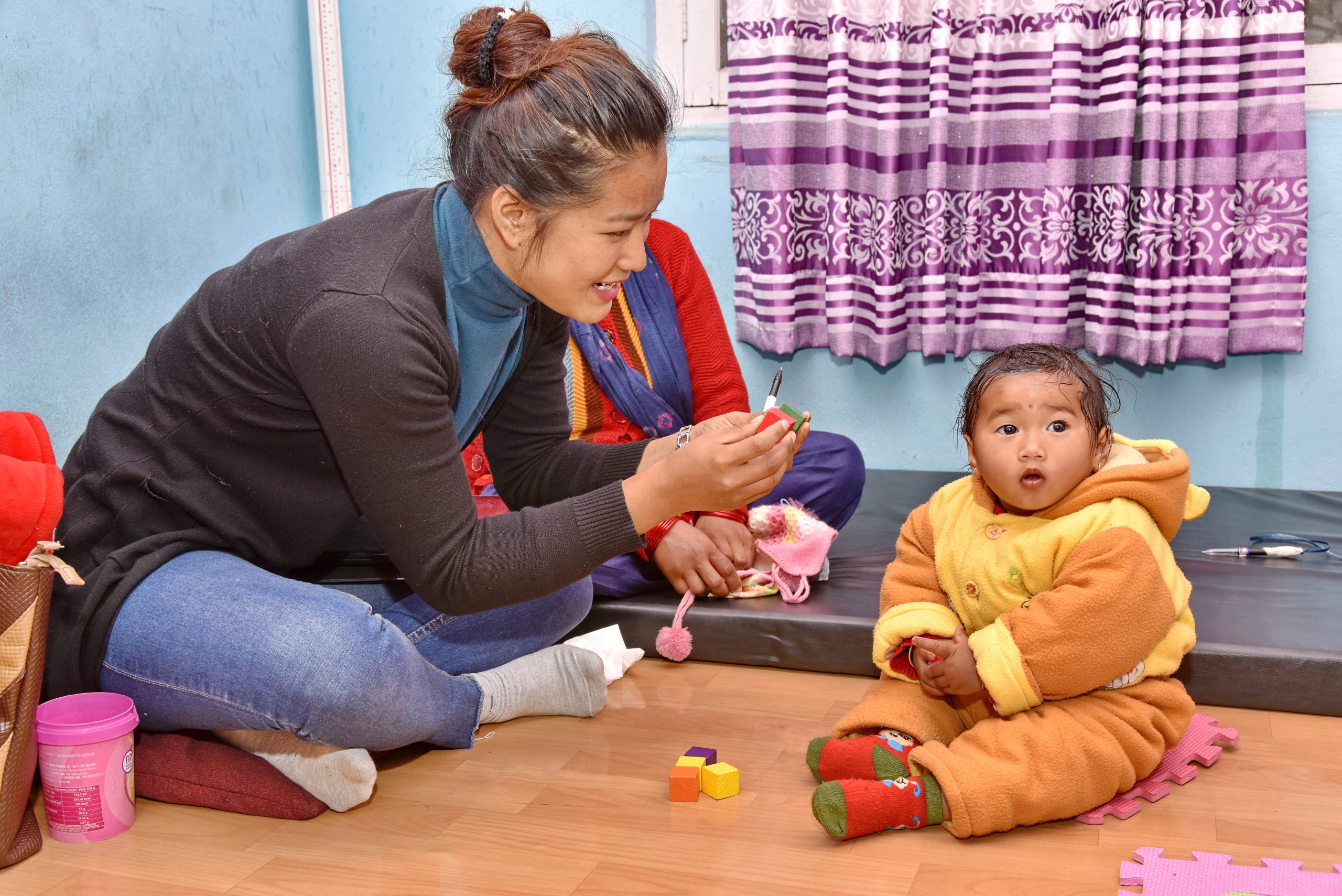
Every Newborn – Simplified Measurement Integrating Longitudinal Neuro Development and Growth (EN-SMILING)
In low- and middle-income countries, there has been a noticeable decline in mortality rates among children under 5 years...
Learn More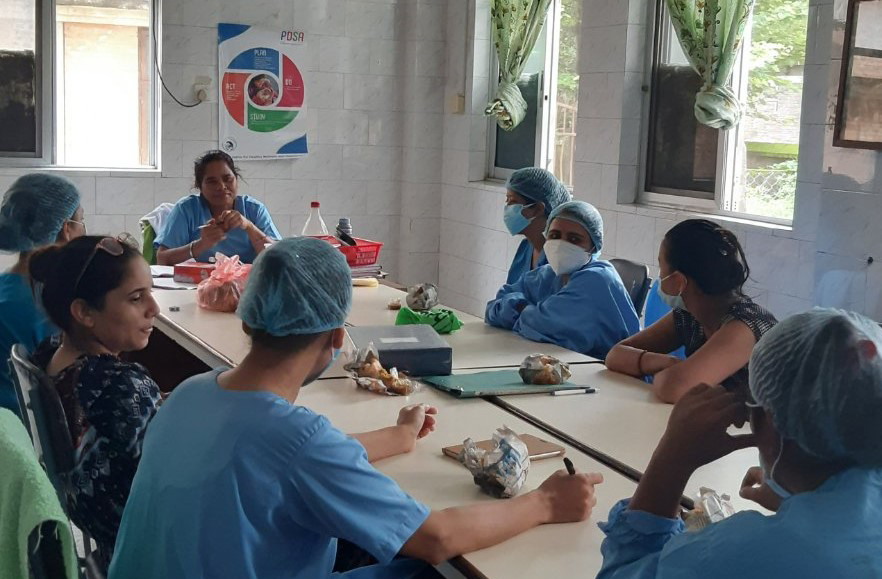
Scaling Up Safer Birth Bundle Through Quality Improvement in Nepal (SUSTAIN)
Golden community in collaboration with the Ministry of health and Population, Government of Nepal (GoN) and Uppsala University has...
Learn More